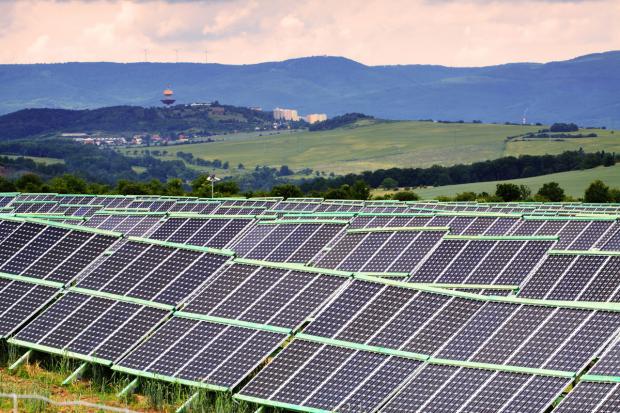
Breaking News
 Lumber Prices Are Flashing a Warning Sign for the U.S. Economy
Lumber Prices Are Flashing a Warning Sign for the U.S. Economy
 The Cost Of Living The American Dream For A Lifetime Has Reached A Whopping 5 Million Dollars
The Cost Of Living The American Dream For A Lifetime Has Reached A Whopping 5 Million Dollars
 Reverse Erectile Dysfunction FAST (Without Viagra)
Reverse Erectile Dysfunction FAST (Without Viagra)
 Who's Buying Up America's Farmland? The Land Grab You Need to Know About
Who's Buying Up America's Farmland? The Land Grab You Need to Know About
Top Tech News
 Methylene chloride (CH2Cl?) and acetone (C?H?O) create a powerful paint remover...
Methylene chloride (CH2Cl?) and acetone (C?H?O) create a powerful paint remover...
 Engineer Builds His Own X-Ray After Hospital Charges Him $69K
Engineer Builds His Own X-Ray After Hospital Charges Him $69K
 Researchers create 2D nanomaterials with up to nine metals for extreme conditions
Researchers create 2D nanomaterials with up to nine metals for extreme conditions
 The Evolution of Electric Motors: From Bulky to Lightweight, Efficient Powerhouses
The Evolution of Electric Motors: From Bulky to Lightweight, Efficient Powerhouses
 3D-Printing 'Glue Gun' Can Repair Bone Fractures During Surgery Filling-in the Gaps Around..
3D-Printing 'Glue Gun' Can Repair Bone Fractures During Surgery Filling-in the Gaps Around..
 Kevlar-like EV battery material dissolves after use to recycle itself
Kevlar-like EV battery material dissolves after use to recycle itself
 Laser connects plane and satellite in breakthrough air-to-space link
Laser connects plane and satellite in breakthrough air-to-space link
 Lucid Motors' World-Leading Electric Powertrain Breakdown with Emad Dlala and Eric Bach
Lucid Motors' World-Leading Electric Powertrain Breakdown with Emad Dlala and Eric Bach
 Murder, UFOs & Antigravity Tech -- What's Really Happening at Huntsville, Alabama's Space Po
Murder, UFOs & Antigravity Tech -- What's Really Happening at Huntsville, Alabama's Space Po
Solar power for the whole world could be generated from a relatively small patch...

(Natural News) If the U.S. wants to completely rely on solar power, it will need to set aside a lot of land. But solar energy can fulfill the world's power needs, and an article on Inverse states that the average nation can set aside a relatively small percentage of its land area for solar farms.
Renewable energy currently makes up 10 percent of the U.S. energy production. That amount is split between solar, wind, and hydroelectric sources.
Finder.com, a website that provides price comparison services, looked up how much land area will be taken up by enough solar panels to serve global power needs. Their interactive map shows that devoting five percent of the Earth's surface to solar power could meet the power requirements of 87 percent of the world's countries.
If you put together all those solar farms, they'd occupy 1.1 million square kilometers, an area that is smaller than the country of South Africa. (Related: 2018 could be the year "clean energy" becomes "cheap energy.")
Many countries have the space to fit solar panels for all their energy needs
"While, of course, we can't replace South Africa with solar panels, spreading this area out across the world does seem like something we could achieve in the future," observed the Finder.com team.
Their analysis showed that only three countries would need so many solar panels that their land cannot fit them all. The Middle Eastern nation of Bahrain comprises an archipelago of 30 small islands, and it would need 1.56 times the land it occupies.
The autonomous territory of Hong Kong requires more than twice its area, while the island city-state of Singapore needs a whopping 8.3 times.
Many other countries can make do with much smaller percentages of their land area. The U.S. can spread solar farms across its roomiest states, which would boost local economies. The same holds true for Canada, which also has a lot of room and a much smaller population.
Likewise, the world's most populous country needs only a small fraction of its land area to provide enough power for its 1.4 billion people. China is already making great leaps forward when it comes to solar power.

 Tiny briefcase engine boosts EV range beyond battery power
Tiny briefcase engine boosts EV range beyond battery power 

